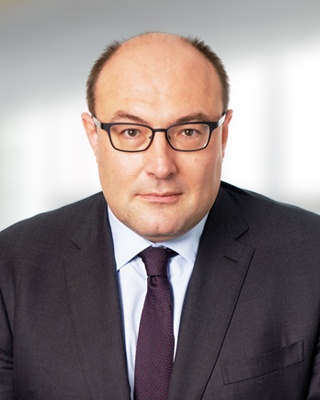Private Credit Summit | London
At Dechert’s inaugural Private Credit Summit in London, Dechert’s Aaron Scott and John McGrath moderated a panel looking at asset-based finance and structured credit solutions for private credit fundraising. Industry leaders including Joe Evanchick from Barings LLC, Gabriele Gramazio from KBRA and Liya Pozdeeva from Ares Management discussed the rise of private credit CLOs in Europe and the proven success of the U.S. private credit CLO market, as well as delving into the latest innovations in rated note structures for insurance investors.
Launch of middle market CLOs: The panel discussed the first-ever European middle market private credit CLO managed by Barings and the motivations for launching this market leading CLO, emphasizing the desire to offer diverse investment options to investors, specifically European private credit exposure to European investors. The transaction also allowed Barings to expand its capital base. Although CLOs do not typically constitute permanent capital like commingled funds, SMAs, BDCs, etc., they can mimic permanent capital if reset every few years. Barings has substantial experience with middle market CLOs in the U.S., but the European market presents unique challenges, in particular withholding issues and the absence of credit estimates. The CLO included nearly 50 private credit loans and had a broadly syndicated loan bucket to add to the diversification. The deal was a static deal to simplify the product and broaden the appeal to investors.
Key ratings considerations for private credit CLOs:
- Looking at the credit quality of the underlying assets and making assumptions about the credit quality of the portfolio using credit estimates, whereas in BSL CLOs, the underlying obligors carry a public credit rating.
- The pool of obligors is normally more concentrated with around 50 obligors but will often including some BSL obligors both to increase pool diversity and for cash management purposes. Obligors tend to be smaller (£20-50 million EBITDA) compared to BSL obligors (ordinarily EBITDA of £100 million or more).
- The underlying loans are mostly senior secured first lien loans, whereas in BSL CLOs you often find second lien loans, mezzanine loans or high yield bonds. They have a higher tolerance for CCC assets: in BSL CLOs the limit is around 7.5%, but in middle market CLOs the limit can be 20%.
Growth of rated note products in Europe: The growth of Rated Note Feeders (RNFs) in the U.S. was driven by insurers' appetite for (i) private credit and (ii) a need for better capital treatment than is available from a direct fund investment. This led to multi tranche rated note issuances by feeder funds. EU and UK insurers have shown substantial interest in RNFs but need to adapt U.S. structures to work for UK and EU regulatory capital rules. Successful EU and UK structures will address insurer concerns relating to securitization (arising from multi-tranche issuances) and look-though (arising from funds acting as issuers). For UK insurers, products that qualify for matching adjustment treatment (MA) are also in demand following recent regulatory changes. Again, it is easier to meet the MA criteria if the note issuance vehicle is not a fund.
Structures where an evergreen fund is the underlying investment can be easier to adapt for an MA-eligible issuance than a closed-ended fund. However, both from a rating and an MA perspective, it is important to ensure predictable cashflows from the assets to address the mismatch between the rated note maturity and the evergreen fund. Solutions include either (i) the separation of the pro rata share of the underlying assets of the rated note issuer internally in the fund, or (ii) in-kind redemption, where certain underlying assets are sold and the proceeds used to repay the notes. NAV and concentration triggers are important to prevent an imbalance developing.
Contributors
The Dechert moderators would like to thank Edmund Mayne for his contribution to this article.







